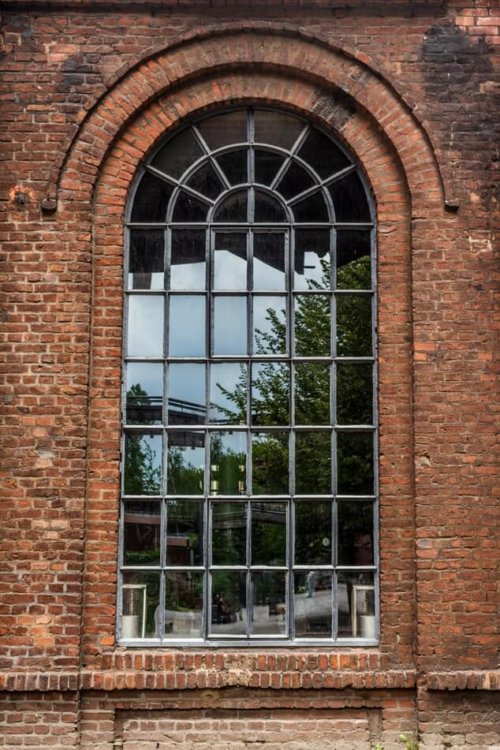

John Ruskin, the leading English art critic of the late 19th century, said
When love and skill work together, expect a masterpiece.
Masterpieces express a sense of grandeur and unity, but the building blocks of a masterpiece are thoughtful, finely crafted details. And, like masterpieces, details don’t come easy. The design, craftsmanship and planning it takes to execute fine details are often unseen and uncelebrated tasks—this is why paying full attention to the process of detail creation takes not only skill, but also commitment, integrity and passion.
Even architects are often too preoccupied with schedules and screens to pay attention to the finer points of the buildings we walk through every day. But when we slow down, the rich visual poetry all around us begins to speak. Delightful details surround us. Just look around your home town.

The masonry buildings present in most “young” American towns and cities are elegant examples of exquisite detail hidden in the mundane. The brick arches, masonry layers, steps and corbels were meticulously planned and executed by artisans who worked with intention and care. Patterns in these early buildings can be quite complex—a testament to the integrity and pride of the designers and masons who executed their work. Many of these examples date from the late 19th and early 20th centuries. They record an enduring story of immigrant craftspeople—mostly Italian, Irish and German—who brought their centuries old traditions, work ethic and talents to share and make a lasting mark on the cities and towns of their new world.

The buildings and homes we design today will endure far beyond our lifespans. Through the work of early builders, the voices of our predecessors urge us to ask, “what should our buildings say to future generations”? We have an opportunity to build legacies not only with skill, but with love. Paying attention to detail, not cutting corners, doing the hard work of building for beauty, sustainability, and harmony with the environment is the philosophy we value at Briggs Architecture.
Ruskin also reminds us that designing with integrity and love is not only a gift that pays forward, it rewards us in the present:
The highest reward for a person’s toil is not what they get for it, but what they become by it.
Let’s build a better world, and become better people in the process.
